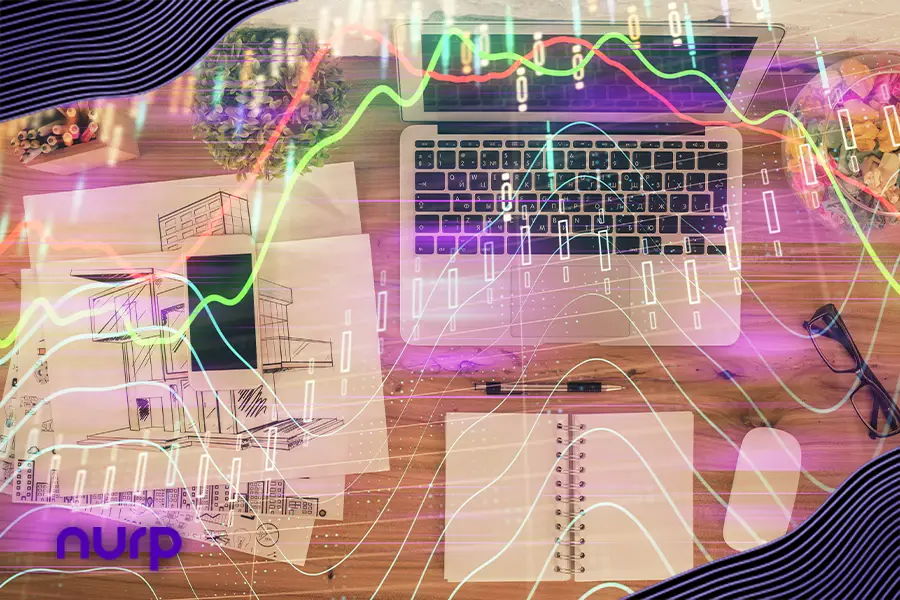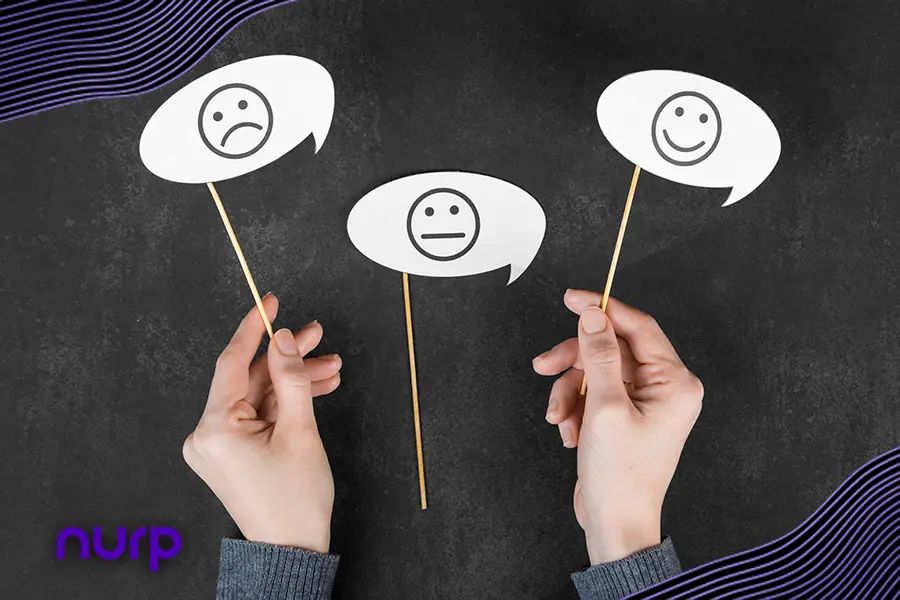Key Takeaways
Quantitative trading has become a foundational element in global financial markets, driven by rapid technological and analytical advancements.
While quantitative trading enhances market efficiency by correcting pricing discrepancies quickly, it can also contribute to increased volatility during periods of financial stress.
The future of quantitative trading is expected to see significant advancements through the integration of artificial intelligence and machine learning.
Introduction
Quantitative trading, or quant trading, is a transformative force in modern financial markets, using advanced mathematical models to automate trading decisions. This approach harnesses quantitative analysis to identify and exploit market inefficiencies. This article explores the integration, impact, and future prospects of quant trading in today’s financial ecosystems.
Read More: The Numbers Game: Quantitative Trading vs Algorithmic Trading
Integration of Quantitative Trading in Global Markets
Quant trading has become integral to global financial markets, driven by technological and analytical advancements. Traditional investment firms and hedge funds increasingly adopt quantitative strategies, replacing or supplementing traditional trading methods. These strategies, powered by algorithms, sift through extensive data sets, spotting patterns and executing trades at speeds and volumes that human traders cannot achieve. The foundation of quant trading lies in its reliance on quantitative analysis—using statistics, computational mathematics, and data science to create algorithms that predict market movements and make informed decisions.
Impact of Quantitative Trading
The influence of quantitative trading on financial markets is profound. It enhances market efficiency as algorithms swiftly adjust mispricings, ensuring securities are valued more accurately. However, the rapid and voluminous trades typical of quant strategies can also amplify market volatility in stressful periods. Quant trading democratizes access to sophisticated strategies, once exclusive to institutional investors. Retail quant trading platforms empower individual traders with advanced algorithms, leveling the competitive field.
Challenges and Criticisms
Despite its benefits, quant trading faces significant challenges. The effectiveness of trading models hinges on the data quality and the soundness of the underlying assumptions. Inaccuracies can result in substantial losses. Additionally, the prevalence of similar trading models can lead to “crowded trades,” intensifying market fluctuations during unloading phases. The opacity of algorithmic trading strategies also contributes to mistrust among market participants, especially during downturns, where the impact of algorithms can vary widely, either exacerbating or mitigating losses.
The Future of Quantitative Trading
The future of quant trading looks to be shaped by advancements in artificial intelligence (AI) and machine learning (ML). These technologies are set to enhance the sophistication of trading algorithms. They enable more dynamic learning from data and more nuanced decision-making as market conditions change. Moreover, the rise of decentralized finance (DeFi) introduces new opportunities and challenges for quant traders. Blockchain technology and smart contracts might pave the way for more transparent, efficient, and secure algorithmic trading strategies.
Conclusion
As quant trading continues to push the boundaries of financial markets, driven by technological progress and the quest for efficiency, it presents substantial profit opportunities but also necessitates careful navigation of associated risks and challenges. The evolving financial landscape will undoubtedly influence the strategies and technologies at the forefront of quantitative trading.
The post Quant Trading in Modern Financial Markets first appeared on Nurp.com.








